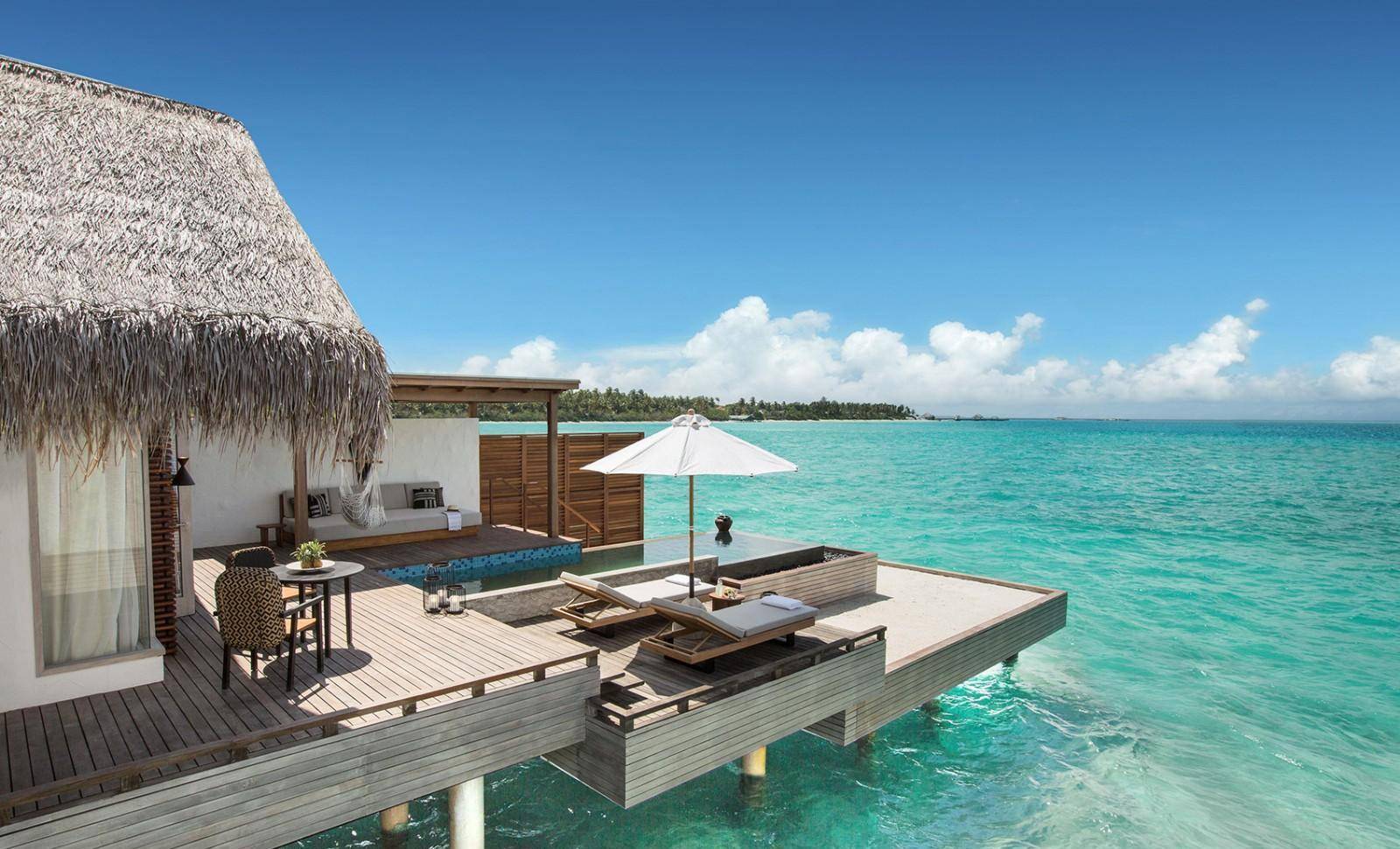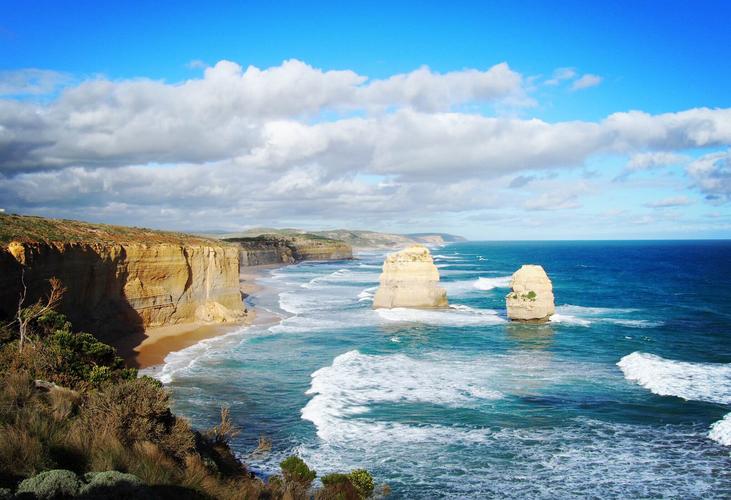Global Travel Information
Patagonian Desert, Argentina
The Patagonian Desert: Argentina’s Vast and Untamed Wilderness
Stretching across the southern reaches of Argentina, the Patagonian Desert is one of the most striking and desolate landscapes on Earth. Covering approximately 673,000 square kilometers, it is the largest desert in the Americas and the eighth-largest in the world. Unlike the stereotypical image of endless sand dunes, this desert is a windswept, semi-arid plateau characterized by rugged terrain, sparse vegetation, and extreme weather conditions. Despite its harsh environment, the Patagonian Desert is a land of stark beauty, unique biodiversity, and profound geological significance.
Geography and Climate
The Patagonian Desert spans the provinces of Chubut, Santa Cruz, and parts of Río Negro and Neuquén in Argentina, extending to the southern tip of the continent. It is bordered by the Andes Mountains to the west and the Atlantic Ocean to the east, creating a rain shadow effect that contributes to its arid conditions. The Andes block moisture-laden winds from the Pacific, leaving the eastern plains dry and barren.
The climate is cold and windy, with temperatures ranging from freezing in winter to mild in summer. Strong westerly winds, known as the Pampero and Zonda, sweep across the plateau, shaping the landscape over millennia. Precipitation is scarce, averaging less than 200 mm annually, and much of it evaporates before reaching the ground. This extreme aridity has sculpted a terrain of rocky outcrops, gravel plains, and occasional salt flats.
Unique Flora and Fauna
Despite its inhospitable conditions, the Patagonian Desert supports a surprising variety of life, adapted to survive with minimal water and relentless winds.

Flora:
The vegetation is dominated by hardy shrubs, grasses, and low-growing plants. Species like Nassauvia, Stipa, and Festuca grasses cling to the arid soil, while cushion plants such as Azorella form dense, wind-resistant mats. In some areas, the iconic Calafate bush thrives, producing small purple berries that are a traditional food source for indigenous peoples.
Fauna:
The desert is home to a range of resilient wildlife. Guanacos, a relative of the llama, roam in herds, while the endangered Patagonian mara (a large rodent) and the elusive puma are among the top predators. Birdlife is diverse, with species like the Andean condor, rheas (South American ostriches), and burrowing owls adapting to the harsh conditions. The coastal regions host colonies of Magellanic penguins and sea lions, where the desert meets the ocean.
Geological Wonders
The Patagonian Desert is a geologist’s dream, revealing Earth’s turbulent history through its dramatic formations.
- The Petrified Forests: Near Sarmiento and Jaramillo, ancient tree trunks turned to stone millions of years ago stand as eerie monuments to a time when the region was a lush forest.
- The Cueva de las Manos (Cave of Hands): A UNESCO World Heritage Site, this cave features prehistoric handprints and rock art dating back over 9,000 years, offering a glimpse into early human presence in Patagonia.
- Volcanic Landscapes: The Payunia region, often called the "Argentinian Sahara," is dotted with over 800 volcanic cones, creating a surreal, moon-like terrain.
Human Presence and Indigenous Heritage
Long before European settlers arrived, the Patagonian Desert was inhabited by indigenous groups such as the Tehuelche and Mapuche. These nomadic peoples relied on hunting guanacos and gathering wild plants, developing a deep spiritual connection with the land. Their legacy lives on in place names, oral traditions, and archaeological sites.
European colonization in the 19th century brought dramatic changes. Sheep farming became a major industry, leading to overgrazing and ecological degradation. Today, small estancias (ranches) still operate, though many have shifted to tourism, offering visitors a taste of the gaucho lifestyle.
Modern Challenges and Conservation
The Patagonian Desert faces several threats, including climate change, desertification, and oil extraction. Overgrazing has degraded soil quality, while mining and fossil fuel exploration disrupt fragile ecosystems. Conservation efforts are underway, with national parks like Los Glaciares and Monte León protecting key habitats. Sustainable tourism is also growing, encouraging responsible exploration of this fragile wilderness.
Why Visit the Patagonian Desert?
For adventurous travelers, the Patagonian Desert offers unparalleled solitude and raw beauty. Highlights include:
- Route 40: One of the world’s most epic road trips, cutting through the heart of the desert.
- The Valdés Peninsula: A UNESCO site teeming with marine wildlife, including whales and orcas.
- El Chaltén: A gateway to hiking trails with breathtaking views of Fitz Roy Mountain.
Conclusion
The Patagonian Desert is a land of extremes—brutal yet breathtaking, barren yet teeming with life. It challenges perceptions of deserts, offering a unique blend of geological wonders, resilient ecosystems, and rich cultural history. For those willing to venture into its vast emptiness, it rewards with a profound sense of awe and connection to the untamed spirit of Patagonia.
相关文章
- Elbe River Archaeological Sites: Ancient Finds Near the Water
- Elbe River Botanical Gardens: Flowers & Plants Along the Banks
- Elbe River Zoos & Aquariums: Family Fun Near the River
- Elbe River Amusement Parks: Rides with River Views
- Elbe River Camping Spots: Pitch a Tent by the Water
- Elbe River Glamping Sites: Luxury Camping Along the Banks
- Elbe River RV Parks: Stay in Your Camper Near the River
- Elbe River B&Bs: Cozy Accommodations with a Personal Touch
- Elbe River Hostels: Budget Stays for Young Travelers
- Elbe River Business Travel Guide: Meetings & Events Near the Water
发表评论
评论列表
- 这篇文章还没有收到评论,赶紧来抢沙发吧~


